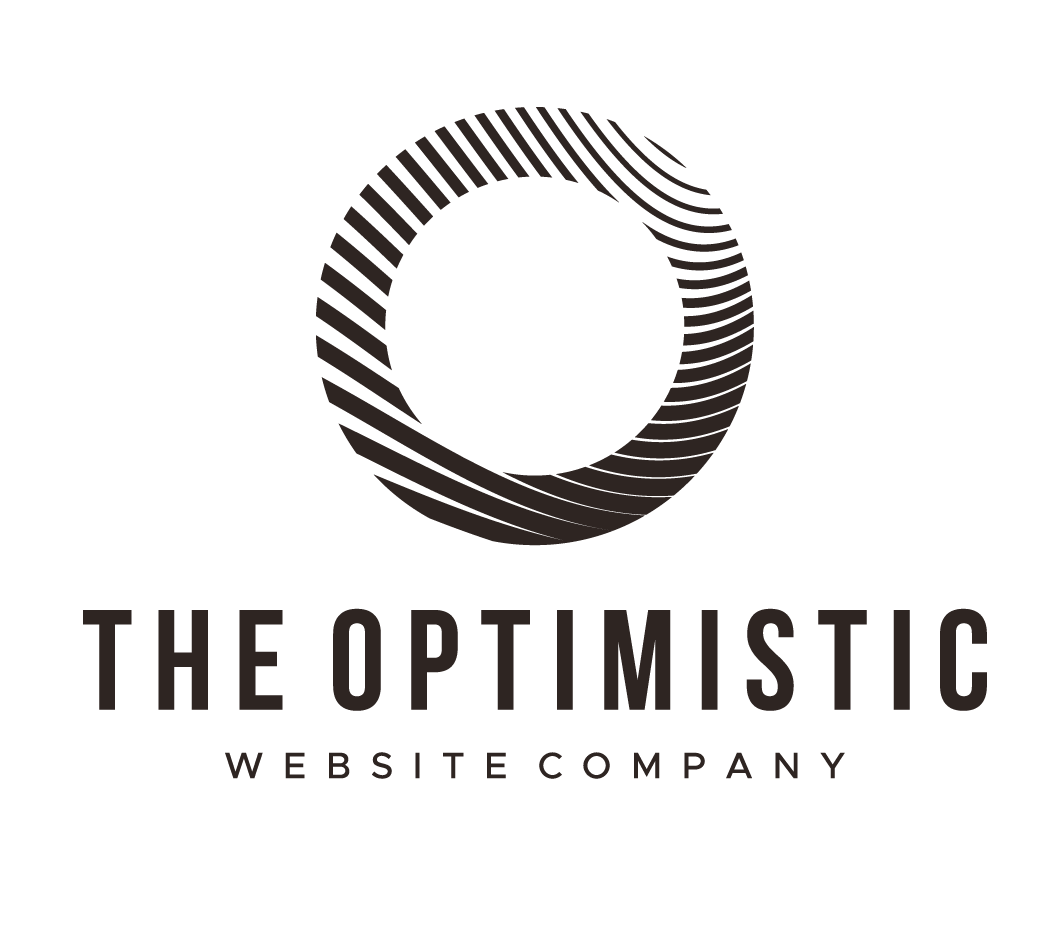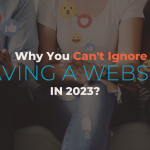Importance of digital presence for non-profit organizations
Having a strong digital presence is crucial for non-profit organizations to effectively reach their audience, raise awareness, and foster engagement. Here are some reasons why digital presence is important for non-profits:
-
Visibility: A well-designed charity website can increase the visibility of your organization, making it easier for potential donors, volunteers, and beneficiaries to find and engage with your cause.
-
Credibility: A professional and user-friendly website design builds credibility and trust, which can encourage more people to support and get involved with your non-profit.
-
Communication: A digital presence allows non-profits to communicate their mission, impact, and upcoming events to a wider audience through various online channels such as social media, email marketing, and blogs.
-
Fundraising: An effective charity website can facilitate online donations, grant applications, and fundraising campaigns, enabling non-profits to reach a larger pool of potential donors and supporters.
-
Advocacy: Through digital platforms, non-profits can advocate for their cause, share success stories, and raise awareness about social issues, helping to mobilize support and create meaningful change.
By prioritizing your non-profit’s digital presence, you can maximize your impact, connect with a broader community, and work towards achieving your organization’s goals more effectively.

Understanding the impact of charity website design
Charity website design can significantly impact the success of a non-profit organization. A well-designed website can improve user experience, increase online donations, and raise awareness for your cause. Research from Nonprofit Tech for Good indicates that 84% of donors visit a charity’s website before making a donation. A clean and engaging website design can make it easier for visitors to learn about your mission, donate, and get involved with your organization. Additionally, a mobile-friendly website is essential, as 51% of online donations are now made on mobile devices. Therefore, investing in a user-friendly and visually appealing charity website design can have a positive impact on your non-profit’s digital presence.
Elements of an effective charity website design
Your charity website should have a clear and compelling mission statement prominently displayed on the homepage to engage visitors. Additionally, incorporating user-friendly navigation with easy-to-find donation buttons can encourage potential donors to support your cause. Visual storytelling through impactful images and videos can convey your mission effectively and emotionally. Including engaging success stories and testimonials can build trust and credibility with your audience. Mobile responsiveness is crucial as many users access websites through their smartphones. Optimize your site for search engines to increase visibility and attract more supporters. Finally, incorporating social media integration can help drive traffic to your website and expand your reach.
Choosing the right website platform for your non-profit
When choosing a website platform for your non-profit, it’s essential to consider factors such as ease of use, customization options, and cost. You want a platform that allows you to create a professional and engaging website, without breaking the bank. Consider these key points when selecting the right platform for your non-profit’s website:
-
Ease of Use: Look for a platform that offers a user-friendly interface, making it easy for you to update and manage your website without needing advanced technical skills.
-
Customization Options: It’s important to have the flexibility to customize your website to reflect your non-profit’s branding and mission. Choose a platform that offers a variety of templates and design features to create a unique and polished website.
-
Cost: Consider the cost of the platform, including any monthly or annual fees, as well as any additional expenses for extra features or customization. Keep in mind that as a non-profit, you may be eligible for special pricing or discounts from certain website platforms.
By carefully considering these factors, you can select a website platform that best suits your non-profit’s needs and helps improve your digital presence.
Incorporating storytelling and visuals for engagement
To engage your audience effectively, incorporate storytelling and visuals into your charity website design. Use compelling narratives that highlight the impact of your non-profit’s work, along with high-quality images and videos that capture the essence of your cause. This combination of storytelling and visuals will help create an emotional connection with your visitors and inspire them to support your organization’s mission.
User experience and navigation tips for charity websites
User experience and navigation are crucial for charity websites. To improve your non-profit’s digital presence, it’s important to focus on creating a website with easy navigation and a user-friendly interface. Here are a few tips to enhance the user experience and navigation of your charity website:
-
Use clear and intuitive navigation menus to help users find information easily.
-
Create a simple and clean layout to make it easy for visitors to navigate and find what they need.
-
Ensure that your website is mobile responsive, as many users will access it from their mobile devices.
-
Incorporate clear calls-to-action to guide users towards donation, volunteering, or getting involved with your organization.
-
Implement a search function to help users find specific information quickly.
-
Regularly test and optimize your website’s user experience to ensure it meets the needs of your audience.
By focusing on these user experience and navigation tips, you can enhance your charity website and create a more engaging and impactful online presence for your non-profit organization.Mobile responsiveness and accessibility considerations
When designing a charity website, it’s crucial to prioritize mobile responsiveness and accessibility. These factors ensure that your website is user-friendly and can be accessed by everyone, regardless of their device or any disabilities they may have. A responsive design will adapt to different screen sizes, providing a seamless experience for mobile users. Additionally, optimizing for accessibility will make your website inclusive and compliant with web accessibility standards, allowing all users to navigate and engage with your content effectively.
Integrating donation and volunteer management systems
To effectively manage donations and volunteers, it’s vital to integrate robust management systems into your charity website design. These systems streamline the process, making it easier for your organization to manage and track contributions and volunteer activities effectively. By integrating these systems, you can ensure a smooth and efficient process, allowing your non-profit to focus on its core mission.
Utilizing social media and email marketing for digital outreach
Utilize social media to engage with your audience and share your non-profit’s mission and impact. Post regularly on platforms like Facebook, Twitter, and Instagram to keep your supporters updated and connected. Make use of email marketing to reach out to your donors and volunteers, sharing updates, success stories, and upcoming events. Personalize your emails to make them feel more human and engaging. Building a strong digital presence through social media and email marketing can significantly enhance your non-profit’s visibility and engagement with your community.
Measuring success and making ongoing improvements
To measure the success of your charity website, track metrics like website traffic, engagement, and conversion rates. Use tools like Google Analytics to gather data and gain insights into visitor behavior. Regularly review these metrics to identify areas for improvement and make ongoing adjustments to your website design and content. By analyzing the data, you can make data-driven decisions to enhance your non-profit’s digital presence and better serve your audience.




